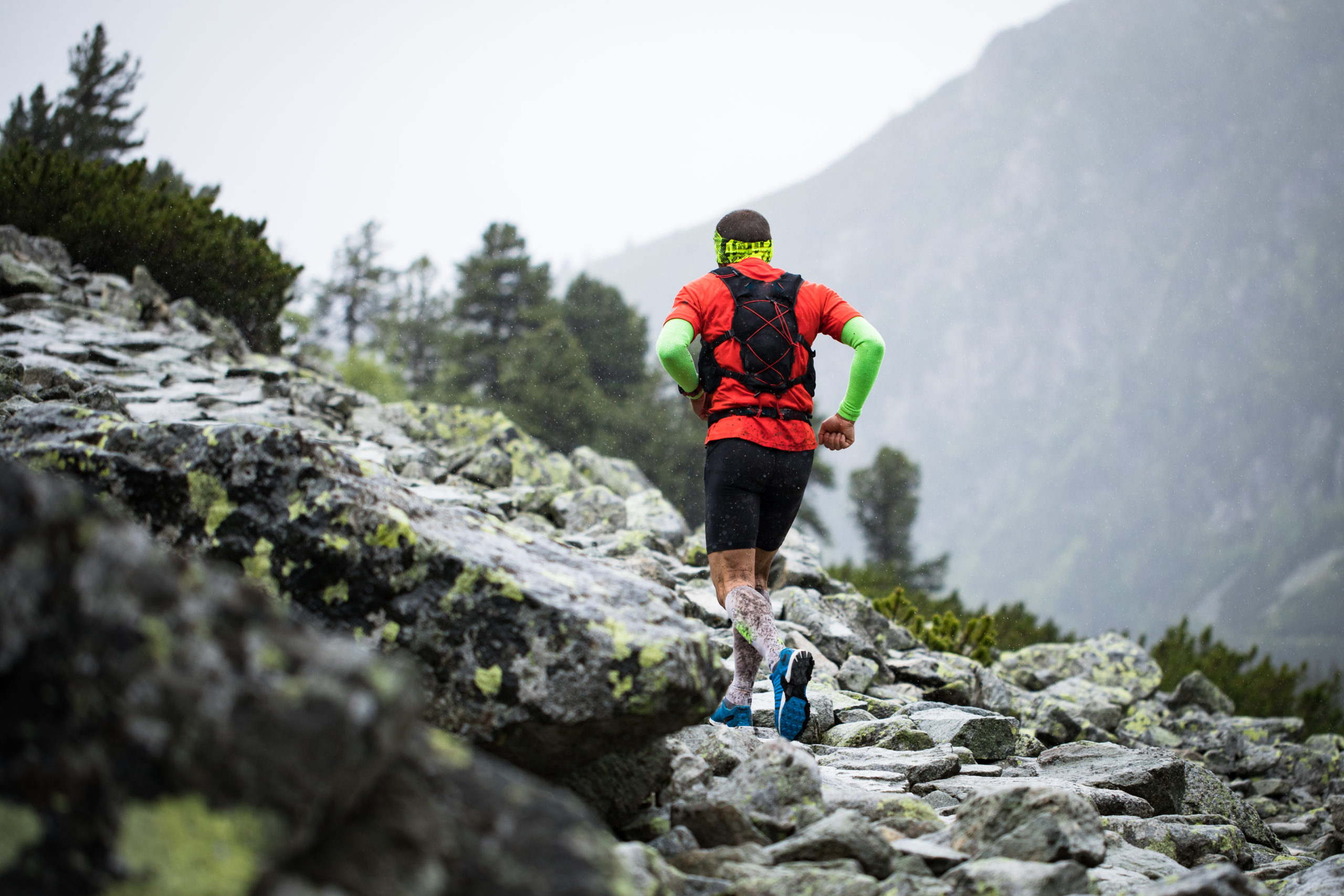Nutrition for Trail Running: Discover the Secret Sauce with Nutritionist Becca Blumberg
Conceptually, nutrition for trail running really isn’t much different than nutrition for the road. The goal is to replenish carbohydrates with bars, gels, chews, and other foods to get 30-90 g carbs per hour during the activity. The strategy will also be to replenish electrolytes and stay hydrated with sports drinks and water in both trail and road running. You will likely find that the same products that work for you on the road will also be useful out on the trail. But—there is a but.
Written by Becca Blumberg
Edited by Pavlína Marek
The “but” in Nutrition for Trail Running
There are some key differences between road and trail running that may impact your nutrition strategy. Trail is a whole different beast. The terrain is highly variable so it is much harder to predict pace. Usually, this means it takes significantly longer to cover the same distance. You may find yourself walking at times due to rough terrain. Races are also generally longer on trails than on the road. All of this means two things.
- You will likely be on your feet and moving longer than for the equivalent road distance. You may also be working at a lower intensity because of this. Your body may need MORE calories overall than you would on the same distance on the road because of the slower pace.
- You may also find that your stomach can tolerate more during a trail run than it can on the road because of the lower workout intensity. Trail runners tend to consume a wide variety of real foods (pickle juice, chips, bars, even pizza) as opposed to endurance products (gels, chews, etc).
Prepare for the Banquet
At trail and ultra races, you’ll most likely find aid stations well stocked with things like broth, potato chips, pretzels, cookies, or PB&J. Many hundred-milers even have themed aid stations with things like pierogies, pasta, pizza, and more. However crazy that may sound now, these foods can provide the best nutrition for trail running.
The more time you spend on your feet, the more important it becomes to get protein along with the typical carbohydrate. This is so that the muscle repair process can begin during your run. Real foods have protein, which race foods do not. Real foods also provide salt to replenish electrolytes. The best part? Having a variety of foods to rely on prevents taste fatigue. Have you ever felt like you’d vomit if you take just ONE. MORE. GU? Now try eating them for 36 hours in a row! You’d be in the bushes before you could say trail.
As you venture onto the dirty side of running, play around with a wide variety of foods. See how they sit in your stomach. Was that pre-run burrito a win or a huge mistake? Consider a fueling schedule by time (ie. every 20 minutes) versus distance (ie. every half-mile). And let your imagination run wild. The only real rule is to eat exactly whatever works for you!


